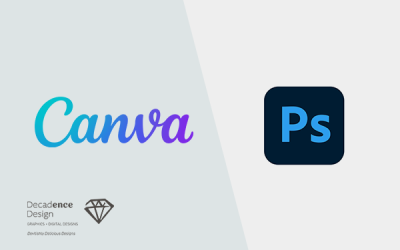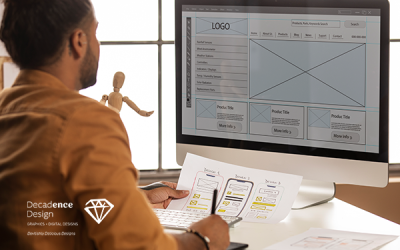In today’s digital age, email marketing remains one of the most effective tools for businesses to connect with their audience. With billions of email users worldwide, crafting beautiful and engaging emails can significantly impact your marketing efforts. However, creating compelling emails requires more than just good content – it’s also about design. In this beginner’s guide, we’ll explore the essential elements of designing captivating emails for successful email marketing campaigns.
Understanding the Importance of Design
First impressions matter, especially in the realm of email marketing. Your subscribers are inundated with emails daily, so it’s crucial to make yours stand out. Effective email design not only grabs attention but also enhances readability and encourages action. A well-designed email reflects your brand identity, builds credibility, and fosters a positive user experience.
Key Elements of Email Design
- Responsive Layout: With the increasing use of mobile devices, responsive design is non-negotiable. Ensure your emails adapt seamlessly to different screen sizes, maintaining readability and visual appeal across devices.
- Clear Call-to-Action (CTA): Every email should have a clear purpose, whether it’s driving sales, promoting content, or encouraging sign-ups. Design compelling CTAs that stand out and guide recipients towards the desired action.
- Eye-catching Visuals: Incorporate high-quality images, graphics, and videos to enhance visual appeal. Visual content not only captures attention but also reinforces your message and brand identity.
- Consistent Branding: Maintain consistency in design elements such as colours, fonts, and imagery to reinforce brand recognition. Consistent branding establishes trust and familiarity with your audience.
- Whitespace and Readability: Avoid cluttered layouts and prioritise whitespace to improve readability. Use concise copy and break up content into digestible sections to make your emails easy to scan.
- Personalisation: Tailor your emails to individual recipients whenever possible. Personalisation goes beyond addressing recipients by name – consider segmenting your audience based on preferences or behaviour to deliver relevant content.
- A/B Testing: Experiment with different design elements, such as subject lines, CTAs, or visuals, through A/B testing. Analysing performance metrics allows you to refine your design strategies and optimise engagement.
Best Practices for Designing Engaging Emails
- Keep it Simple: Avoid overwhelming recipients with excessive design elements or information. Focus on a clean, minimalist design that highlights the most important content.
- Optimise Loading Speed: Large images or complex layouts can slow down email loading times, leading to frustration for recipients. Optimise images and code to ensure fast-loading emails that deliver a seamless user experience.
- Mobile Optimisation: Design emails with mobile users in mind, considering factors such as smaller screens and touch interactions. Test your emails across various devices and email clients to ensure compatibility.
- Use Pre-header Text: The pre-header text provides additional context and entices recipients to open your email. Craft compelling pre-header text that complements your subject line and encourages engagement.
- Segmentation and Personalisation: Leverage data to segment your audience and deliver personalised content that resonates with recipients. Personalised emails have higher open and click-through rates compared to generic mass emails.
- Accessibility: Ensure your emails are accessible to all recipients, including those with disabilities. Use alt text for images, maintain proper colour contrast, and avoid relying solely on visual cues for information.
Conclusion
Effective email design is a powerful tool for engaging your audience and driving results in email marketing. By incorporating responsive layouts, compelling visuals, clear CTAs, and personalised content, you can create emails that capture attention and inspire action. Continuously test and optimise your design strategies to maximise engagement and achieve your marketing goals. With a thoughtful approach to design, you can elevate your email marketing campaigns and foster lasting connections with your audience.
A Beginner’s Guide to Email Marketing: Designing Beautiful Emails
XML link | All feed





